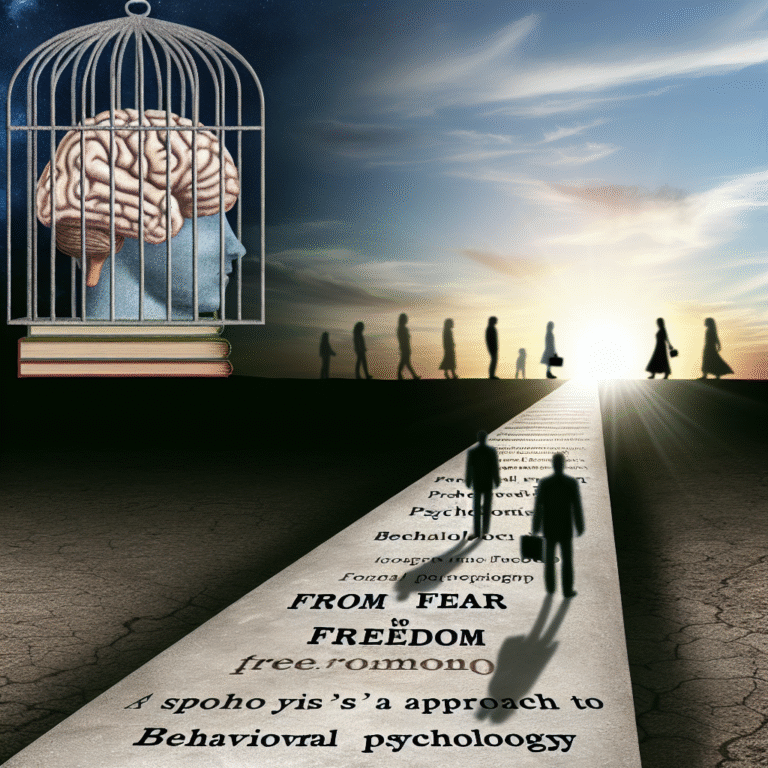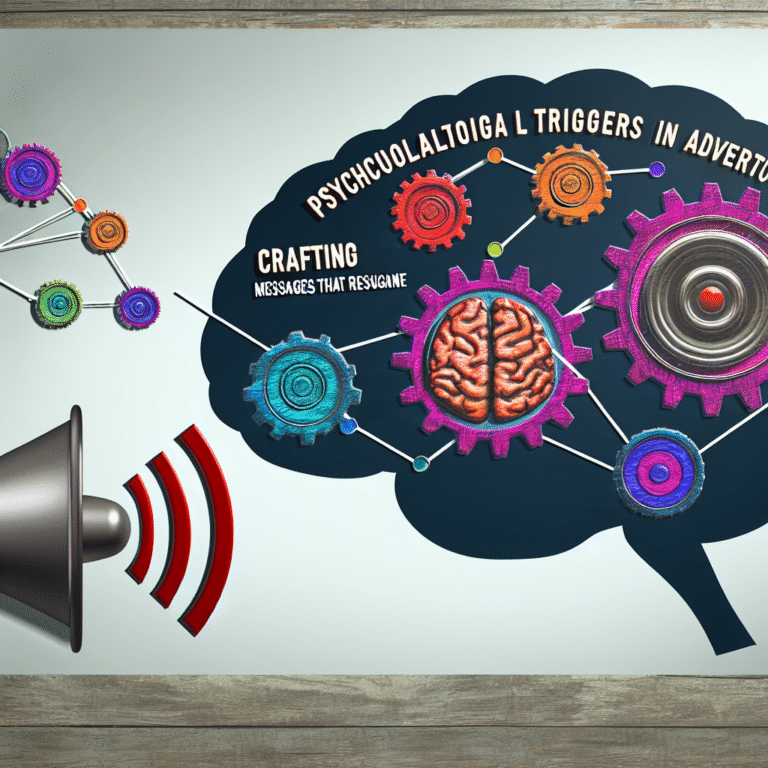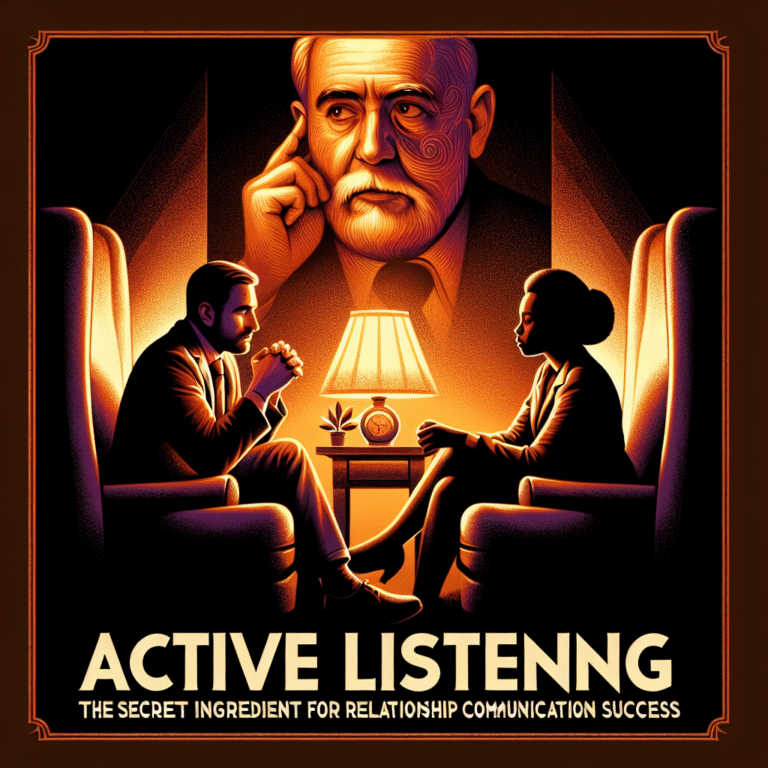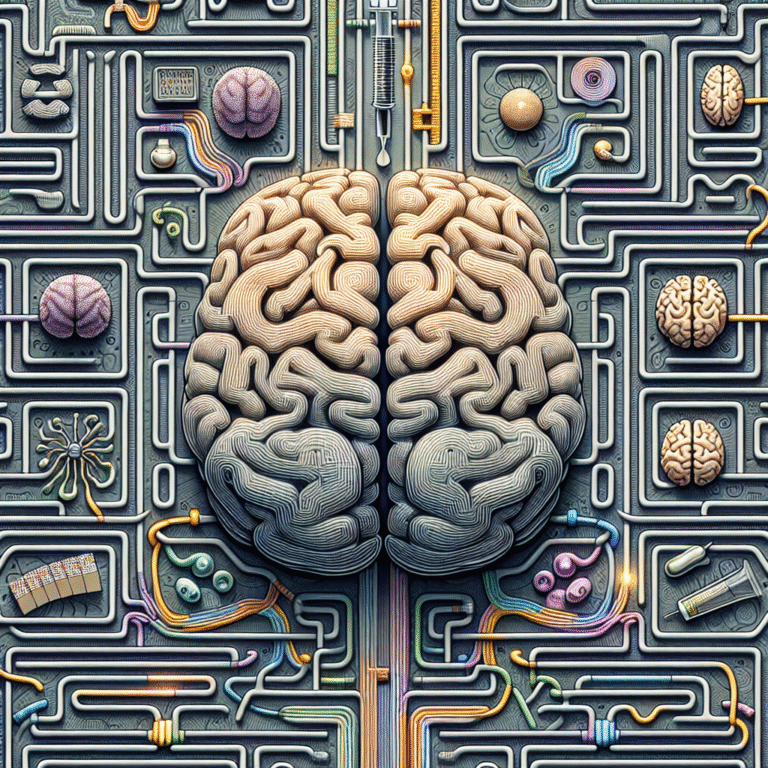Unpacking Behavioral Psychology: A Comprehensive Approach to Tackling Depression

Introduction
In a world where millions grapple with the intangible yet overwhelming weight of depression, the exploration of effective treatment methods has never been more urgent. Unpacking Behavioral Psychology: A Comprehensive Approach to Tackling Depression not only underscores the significance of understanding behavior in mental health but also paves the way for meaningful recovery. This exploration into behavioral psychology offers valuable insights into tackling depression, elucidating processes, techniques, and real-world applications that can transform lives.
Depression can feel isolating, as though one is navigating a labyrinth with no exit. Yet, through the lens of behavioral psychology, individuals can uncover pathways to understanding their emotions and actions, fostering resilience and promoting healing. In this comprehensive article, we will delve into how these psychological principles can be harnessed effectively to address depression.
Understanding Behavioral Psychology
What is Behavioral Psychology?
Behavioral psychology is a branch of psychology that focuses on observable behaviors rather than internal processes. It originated in the early 20th century with researchers like John B. Watson and B.F. Skinner, emphasizing the role of environmental factors in shaping behavior. This approach posits that human behavior is learned from the environment through conditioning and reinforcement.
Key Concepts in Behavioral Psychology
- Conditioning: There are two main types of conditioning—classical (Pavlov’s dogs) and operant (Skinner’s box). Understanding these concepts can illuminate how certain behaviors associated with depression are learned and can, therefore, be unlearned.
- Reinforcement and Punishment: These principles explain how behavior is affected by consequences. Positive reinforcement encourages behavior, while punishment discourages it. In tackling depression, identifying reinforcements for unhealthy behavior patterns can be key.
- Behavior Modification: This technique involves systematically changing behavior to reduce symptoms of depression. Individuals can improve their mood and overall well-being by identifying and altering maladaptive behaviors.
Case Study: The Impact of Operant Conditioning
Consider the case of a 32-year-old woman named Anne, who struggled with severe depression. In therapy, it was revealed that her daily routine was devoid of activities she once enjoyed. Through operant conditioning, her therapist introduced a reward system for engaging in small tasks—taking a walk, completing household chores. Anne gradually re-engaged with her interests, thus alleviating her depressive symptoms. This case study exemplifies Unpacking Behavioral Psychology: A Comprehensive Approach to Tackling Depression as a tailored solution that empowers individuals to reclaim their lives.
Behavioral Techniques for Tackling Depression
1. Cognitive Behavioral Therapy (CBT)
One of the most effective approaches within behavioral psychology is Cognitive Behavioral Therapy (CBT). This structured, time-limited therapy focuses on identifying and challenging negative thought patterns and behaviors that contribute to depression.
How CBT Works
- Identify Negative Thoughts: Individuals learn to recognize cognitive distortions—overgeneralizations, catastrophizing, and discounting positive experiences.
- Challenge and Reframe: We encourage clients to challenge these thoughts and replace them with more balanced, constructive beliefs.
- Behavioral Activation: Aligning with behavioral principles, CBT incorporates strategies like increasing engagement in pleasurable activities to counteract withdrawal, a common symptom of depression.
Case Study: Michael’s Journey with CBT
Michael, a 27-year-old graphic designer, struggled with a cycle of negative thoughts that kept him isolated. With the guidance of a CBT therapist, Michael began to track his negative thought patterns. Over time, he learned to challenge these thoughts, which decreased his feelings of hopelessness. By coupling CBT with behavioral activation techniques, he also re-engaged with social activities, ultimately minimizing his depressive symptoms.
2. Behavioral Activation
Behavioral Activation is a more specific therapeutic approach that directly targets the lack of engagement in meaningful activities. It emphasizes the connection between behavior and mood—by changing one’s actions, mood can also be improved.
Steps in Behavioral Activation
- Identify Activities: Individuals list activities they enjoy or used to enjoy and recognize how often they engage in them.
- Create a Schedule: Therapy often includes designing a schedule to gradually reintroduce these activities.
- Monitor Progress: Keeping track of mood changes in relation to activities helps reinforce the positive effects of engagement.
Case Study: Sarah Finds Joy
Sarah, a high school teacher in her 30s, felt stagnant in her life due to constant feelings of anxiety and depression. After identifying activities that brought her joy—like painting and hiking—she worked with her therapist to build a weekly schedule around these activities. Over several weeks, as Sarah incorporated these joys back into her routine, she reported feeling significantly less depressed, making a strong case for Unpacking Behavioral Psychology: A Comprehensive Approach to Tackling Depression.
The Science Behind Behavioral Psychology and Depression
Neuroplasticity: A Gateway to Healing
Neuroplasticity—the brain’s ability to reorganize itself by forming new connections—plays a crucial role in understanding the effectiveness of behavioral psychology in treating depression. Engaging in new behaviors can lead to neural changes, promoting better mental health outcomes.
Evidence from Research
A meta-analysis in 2022 found that individuals who engaged in behavioral interventions showed significant reductions in depressive symptoms. This suggests that consistent practice of behavioral techniques can facilitate neuroplastic changes that reinforce positive growth.
Table: Effectiveness of Behavioral Techniques
| Technique | Average Reduction in Depressive Symptoms (%) | Studies Supporting Effectiveness |
|---|---|---|
| Cognitive Behavioral Therapy | 50% | 32 |
| Behavioral Activation | 40% | 28 |
| Acceptance and Commitment Therapy | 45% | 18 |
| Mindfulness-Based Interventions | 35% | 25 |
Overcoming Barriers to Treatment
Common Obstacles to Treatment
- Stigmas Surrounding Mental Health: Many individuals hesitate to seek help due to societal stigma.
- Financial Constraints: The cost of therapy can deter individuals from pursuing treatment.
- Doubt in Effectiveness: Some believe that their condition is too severe to benefit from therapy.
Strategies for Encouragement
- Education and Awareness: Providing communities with accurate information about behavioral psychology and depression can break down stigma and encourage help-seeking behavior.
- Accessible Resources: Integrated services that offer financial assistance for mental health treatment can help remove barriers.
- Success Stories: Highlighting positive case studies—including Michael’s and Sarah’s journeys—can serve as motivation for those hesitant about seeking help.
Conclusion
As we navigate the complexities of mental health, Unpacking Behavioral Psychology: A Comprehensive Approach to Tackling Depression becomes not just an academic discussion but a beacon of hope for countless individuals. Through techniques like Cognitive Behavioral Therapy and Behavioral Activation, individuals can actively reshape their behavior, leading to profound shifts in their mental health.
While the journey through depression may be arduous, behavioral psychology provides practical tools and strategies to promote healing, resilience, and empowerment. It’s time to embrace these methodologies and encourage those suffering from depression to take the first steps toward reclaiming their lives.
Let us remember: every small step counts. Equipped with these insights and strategies, individuals can engage meaningfully with their lives, promoting a fulfilling future.
FAQs
1. What is a comprehensive approach to mental health?
A comprehensive approach to mental health addresses the multifaceted aspects of well-being, integrating physical, emotional, social, and psychological components. Key elements include:
- Prevention: Promoting awareness and reducing stigma through education and early intervention strategies.
- Assessment and Diagnosis: Conducting thorough evaluations to identify specific mental health needs and challenges.
- Treatment Plans: Combining evidence-based therapies, such as psychotherapy, medication, and lifestyle changes, tailored to individual needs.
- Holistic Support: Incorporating mindfulness, physical activity, nutrition, and social support to address overall health.
- Community Resources: Providing access to support groups, hotlines, and community-based programs for ongoing care.
This approach ensures that mental health is addressed not just as an isolated issue but as part of a broader spectrum of well-being.
2. What are the three basic approaches to treating depression?
The three fundamental approaches to treating depression are:
- Psychotherapy:
- Cognitive-Behavioral Therapy (CBT): Focuses on identifying and changing negative thought patterns and behaviors.
- Interpersonal Therapy (IPT): Addresses relationship issues and improves social functioning.
- Medication:
- Antidepressants, such as SSRIs (e.g., Prozac, Zoloft), help regulate brain chemicals like serotonin and dopamine.
- Lifestyle Changes:
- Regular exercise, balanced nutrition, and sufficient sleep can significantly improve mood and energy levels.
- Stress management techniques, such as mindfulness or yoga, support emotional resilience.
These approaches can be used individually or in combination, depending on the severity and nature of depression.
3. Which approach is best for depression?
The best approach to treating depression depends on the individual’s unique needs, symptoms, and circumstances. However, research suggests a combination of psychotherapy and medication often provides the most effective results:
- For mild to moderate depression, psychotherapy, particularly CBT or IPT, may be sufficient.
- For moderate to severe depression, combining antidepressant medication with psychotherapy is usually recommended.
- Lifestyle interventions enhance the effectiveness of both therapy and medication, supporting overall recovery.
A collaborative approach, guided by a mental health professional, ensures treatment is tailored to the individual’s situation for optimal outcomes.
4. What counseling approach is best for depression?
The most effective counseling approaches for depression include:
- Cognitive-Behavioral Therapy (CBT):
- Helps individuals identify and reframe negative thought patterns and develop healthier coping mechanisms.
- Proven effective for various forms of depression.
- Interpersonal Therapy (IPT):
- Focuses on improving communication and resolving relationship conflicts that contribute to depression.
- Mindfulness-Based Cognitive Therapy (MBCT):
- Combines mindfulness practices with cognitive therapy to prevent relapse in recurrent depression.
The best approach depends on the individual’s preferences, the nature of their depression, and the therapist’s expertise. A mental health professional can guide individuals to the most appropriate counseling method for their needs.
With this comprehensive understanding of Unpacking Behavioral Psychology: A Comprehensive Approach to Tackling Depression, we hope to inspire dialogue, encourage exploration of treatment options, and ultimately foster a more supportive environment for those dealing with mental health challenges.













